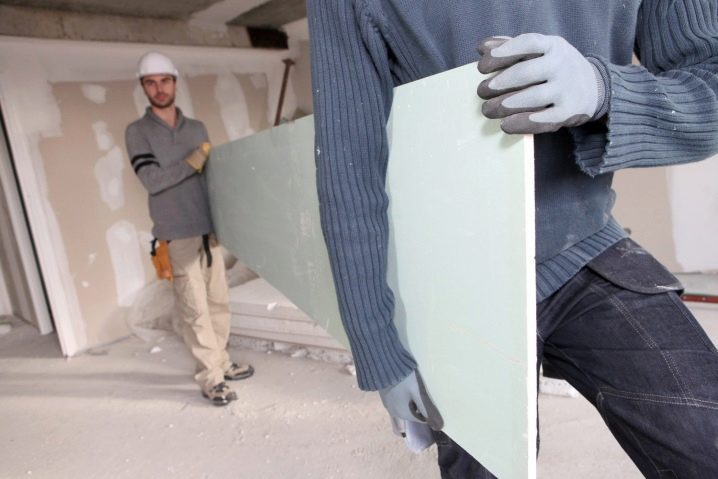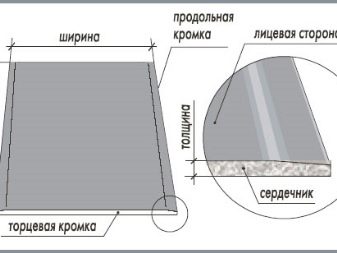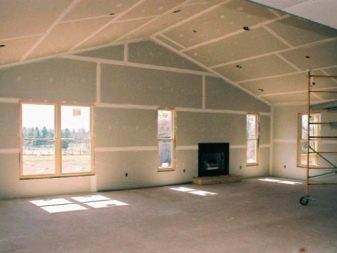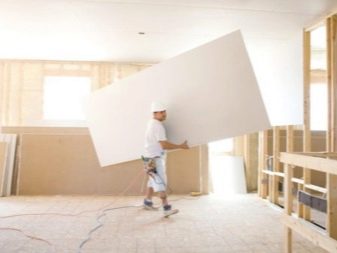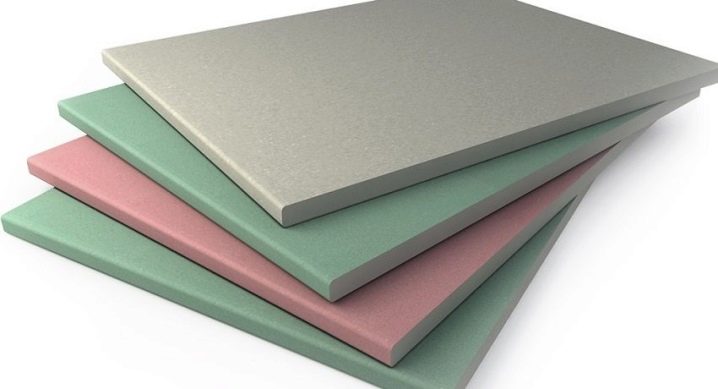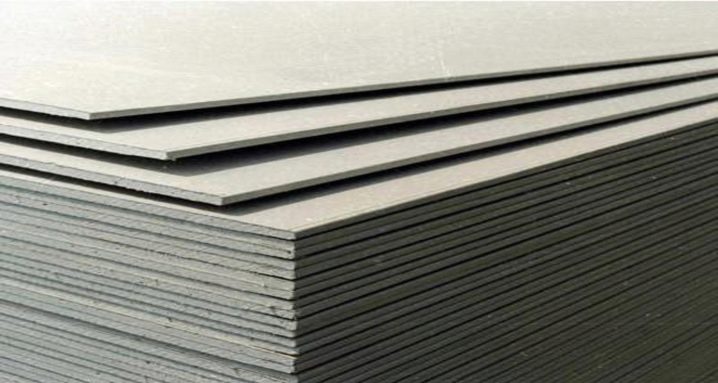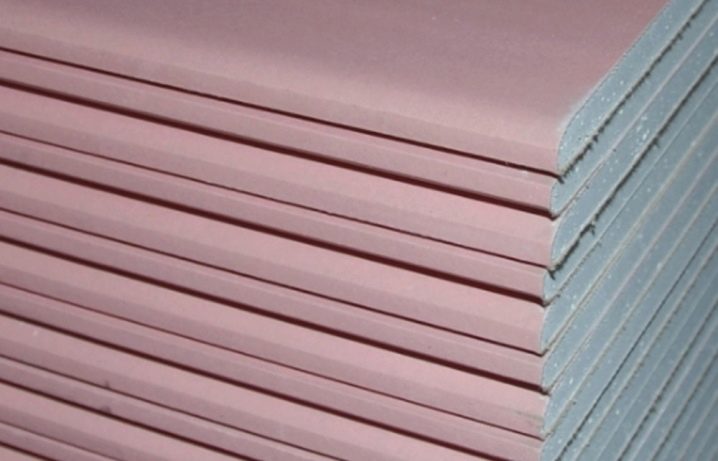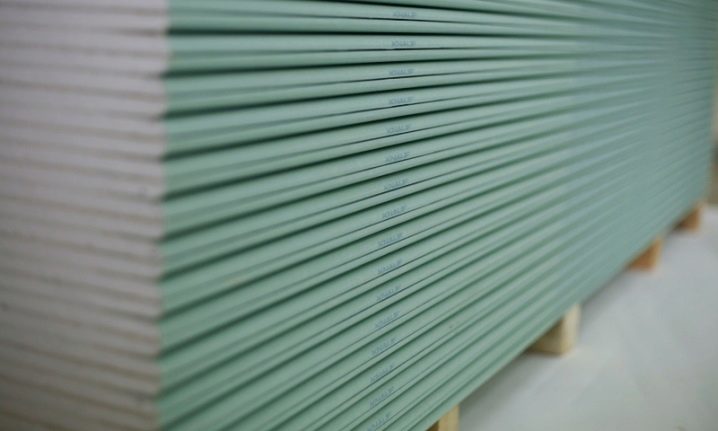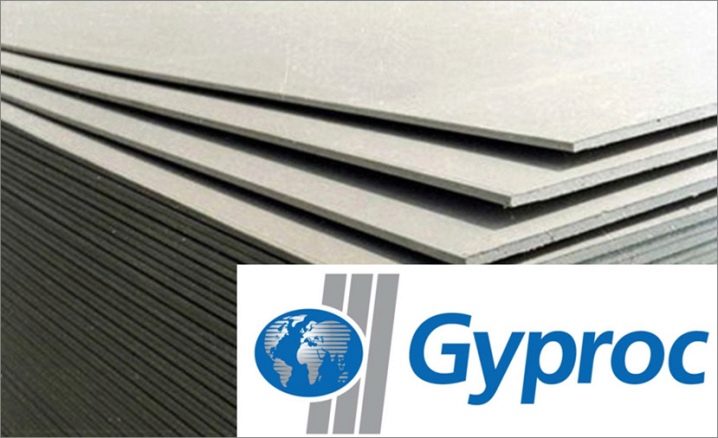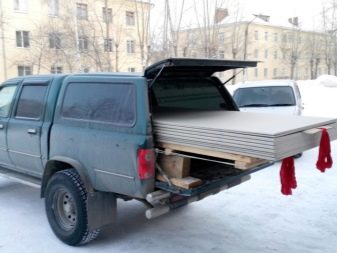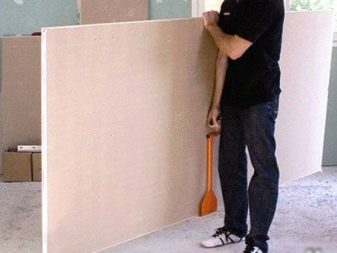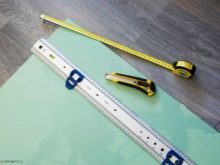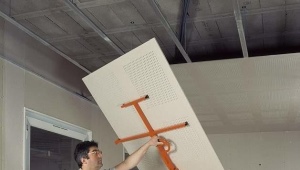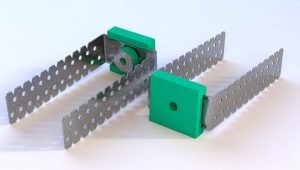How much does a drywall sheet weigh?
On the modern market is quite popular drywall. It is used when carrying out various repairs. With it, level walls and ceilings, create niches, fireplaces, arches, as well as suspended structures. Usually for the success of the work it is necessary to consider the quality of building materials. You need to know how much plasterboard sheets weigh.
Specifications
Before considering the standard weight of drywall, methods of calculating it, you need to understand what kind of material. It is used for decoration and protection. He has a core of compressed gypsum, which is covered on top with two layers of special coating. As a rule, it is a reinforcing cardboard. From an environmental point of view, this material is absolutely harmless. It does not contain harmful substances, it is not combustible.
One of the characteristics of drywall is thickness. This affects the weight of the sheets.It varies depending on what the drywall is intended for. The limits of thickness are 0.65 - 1.25 cm per 1 square. m, with different types of plasterboard material may have different thickness. For example, the arched plasterboard sheets are usually 0.65 cm, the material for the ceiling is 0.95 cm, and for walls the material is 1.25 cm thick.
The following characteristic is represented by the width. In accordance with the standard, it is 12 cm. But there is a material with a smaller width on the domestic market. To calculate the weight of the GCR used in each case, you can use the specific weight. In other words, the characteristic density of drywall, through which carry out the calculation of weight per volume.
Knowing the weight of the structure allows you to know how many fasteners you need. Typically, this characteristic ranges from 1200 to 1500. To calculate the weight of the whole structure, usually a formula is used in which the GCR thickness is multiplied by a constant average gypsum density of 1.35. In addition, it must be said about thermal conductivity. This characteristic plasterboard material ranges from 0.22 to 0.35.The best thermal insulation materials have a lower thermal conductivity.
One of the most important characteristics is the strength of the material. Its index depends on which level of weight load the GCR can withstand so that there is no damage left on it. This indicator is dependent on the thickness of the sheets. If it is less than 1 cm, then the construction is less than 15 kg.
The limits from 1 to 1.8 cm can withstand up to 18 kg. For the reliability of the whole structure, it is better to have information about the parameters of the frames. Transfer to the trunk of a passenger car can be a volume of drywall with a size of 9 mm or 10 mm.
Species
Drywall sheets on the market are presented in several variations. They can be classified according to several criteria. The nature of the conditions in which you plan to use drywall sheets, determines the presence of several types of material.
GCR
The species is the most common and is used more often than others. The application of the variety is in designs that are not designed for heavy load. As a rule, they create walls, suspended ceilings and partitions.
GKLV
Moisture resistant, their purpose is to finish the premises with excessive moisture levels. This material is usually trimmed walls and ceilings of bathrooms or kitchens.
GKLO
Fireproof, the scope of application - the premises, its individual parts, which are exposed to high temperatures. This may be ventilation, ductwork or fireplace trim. Also, the scope of application of fire-resistant plasterboard sheets are premises that require increased fire protection. Usually these are children's rooms.
GKLVO
Water-resistant materials, the scope of their application - baths and saunas, which combine the characteristics of high temperatures and high humidity levels. This variety is considered to be exotic.
FCL can vary in width and purpose. A state standard has been established, according to which a certain weight is established for each type of plasterboard sheets. At moisture resistant drywall 1 square. m should have a weight of up to 1 kg. The thickness of the sheet is equal to 1 mm. GKLO and GKLVO usually have weight limits of 0.8-1.06 mm.
In accordance with the thickness, variations for walls, drywall and arches can be distinguished.The walls are sheathed with plasterboard sheets, as a rule, 1.25 cm thick, this also applies to partitions. On the ceiling is usually placed drywall with a thickness of 0.95. For arches use HL with a thickness of 0.65 cm. These sheets are the thinnest, they are easily bent.
Drywall will weigh differently depending on the area of the sheets. The standard size of sheets is equal to the area of 3 square meters. m. But there are other parameters on the market. For example, drywall is 2–4 m long and 0.6 m wide. Usually, non-standard dimensions are used to sheathe loggias and balconies, or form slopes with their help.
The calculation of the weight of 1 square. m
If the drywall sheets are 0.65 cm thick, they will weigh about 5 kg. With a thickness of 0.95 cm - about 7.5; 1.25 - about 9.5. In this way, to calculate the weight, it is enough to know the area and thickness values. All manufacturers in the market are required to specify the weight of the supplied building materials along with the brands and sizes of products.
The weight of drywall sheets that the manufacturer indicated is not always the same as the actual value, since this material is moisture absorbing. With increased humidity, it can become heavier.Among the manufacturers of quality products can be identified brand Gyproc. The products are of high quality and durability.
In accordance with the state-established standard, plasterboard sheets must necessarily weigh up to 1 kg per mm of thickness. For GKLO and GKLVO, the norm usually ranges from 0.8 to 1.06 kg.
Overlaps are experiencing a certain load, this factor must be taken into account during repair. To reduce the load on the ceiling can be through the use of multi-level ceilings.
Transportation and storage
Drywall sheets are a fragile material that is easily damaged. In order not to spend time and money on their replacement or restoration, it is necessary to follow some rules of their storage and transportation. When storing drywall sheets, they must be placed horizontally on a flat surface. The same applies to transportation. This is due to the fact that the sheet can be damaged by any pebble or bolt, it can crumble even from its own weight.
It is necessary to transfer the material vertically together. Otherwise, drywall may break.To move you need to support it from the bottom side, not letting it sway. Professional loaders usually use a special device (a kind of hook). Due to it, it is more convenient to transfer drywall.
It is important to protect the material from increased moisture levels. Do not store material in high humidity conditions.
Reviews
Opinions of experts in the field of construction and surface finishing indicate that the weight of drywall is of particular importance when carrying out any type of work with it. The thicker it is, the harder it is to work with it, the neater the master should be. Each type of material is intended for its own type of work, the masters agree. It is impossible not to take into account the type of raw material, otherwise it may cause a reduction in shelf life.
With the correct calculation of the thickness and the presence of the necessary impregnation, the material will be durable, - noted in the comments indicated on the forums dedicated to the finishing works.
For information on how much weight the GCR will withstand, see in the next video.

